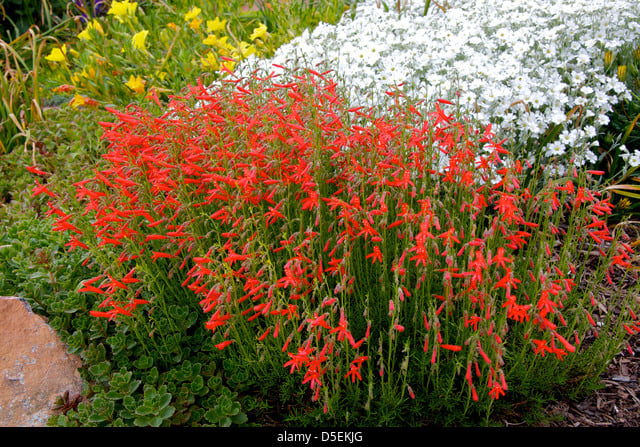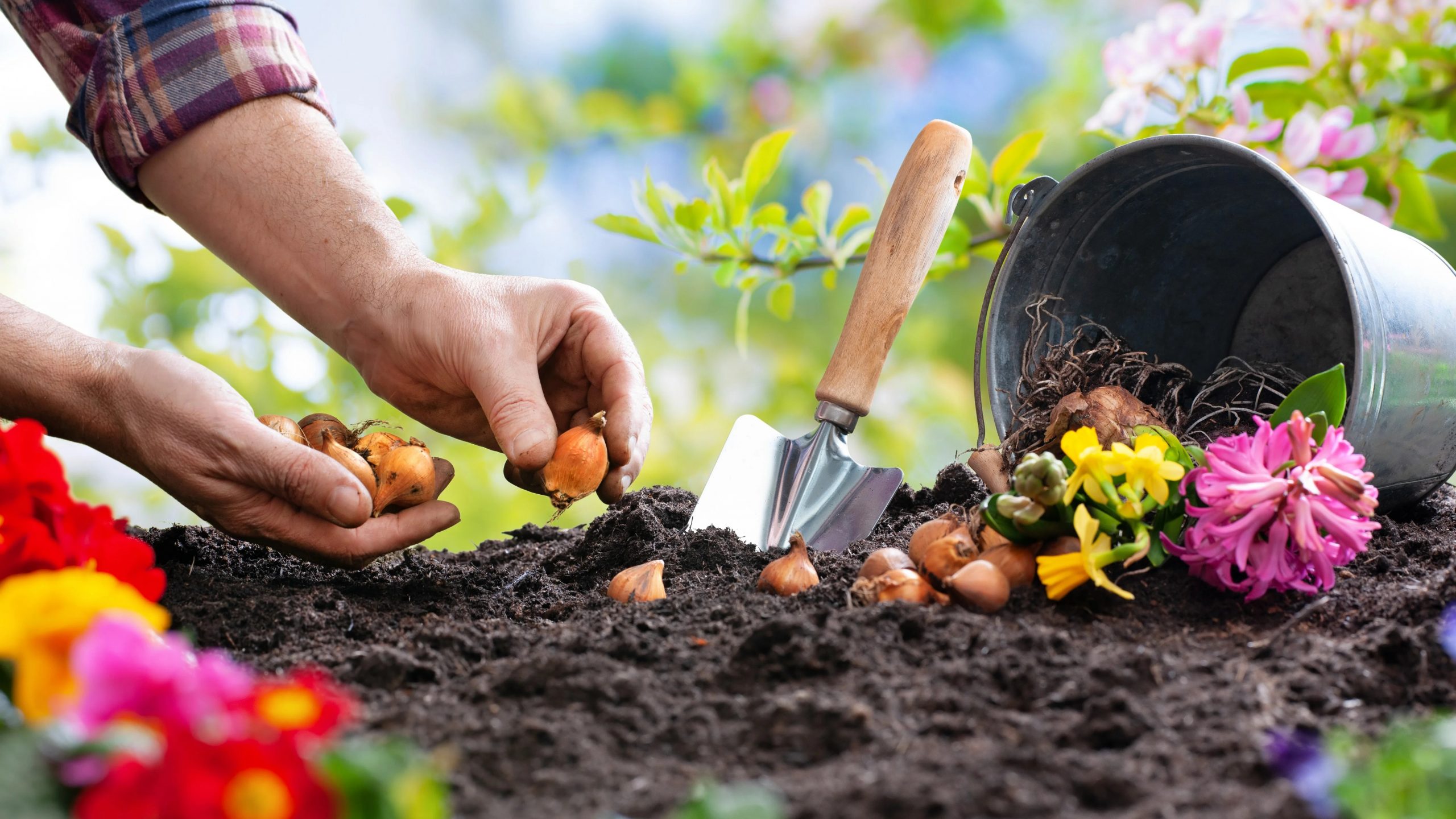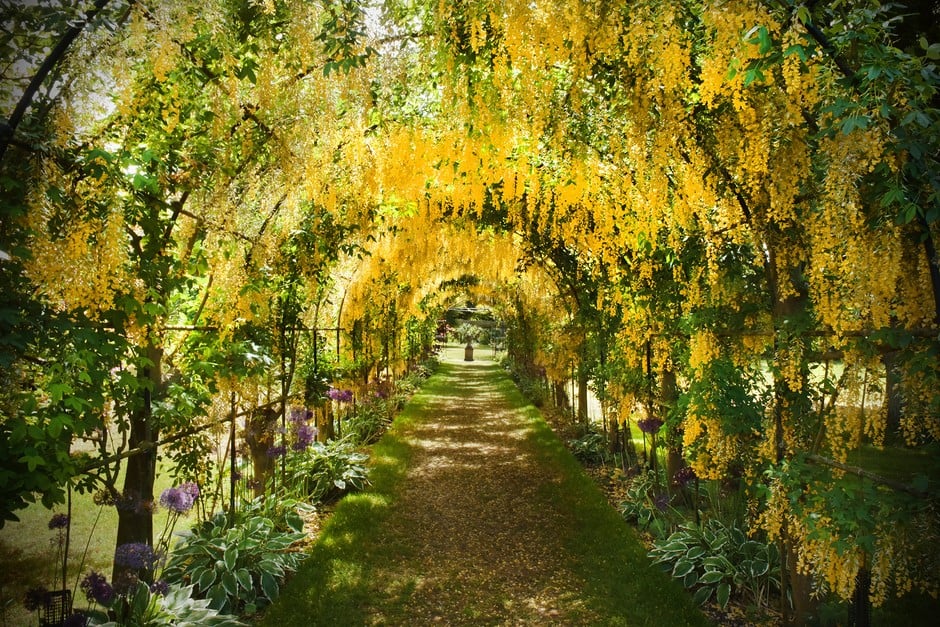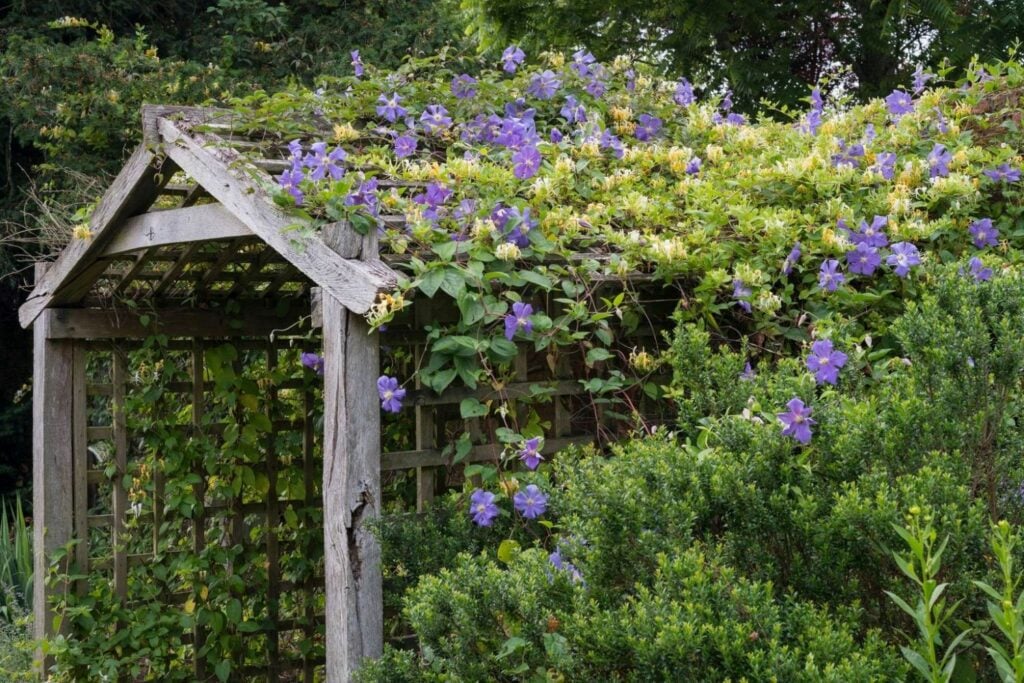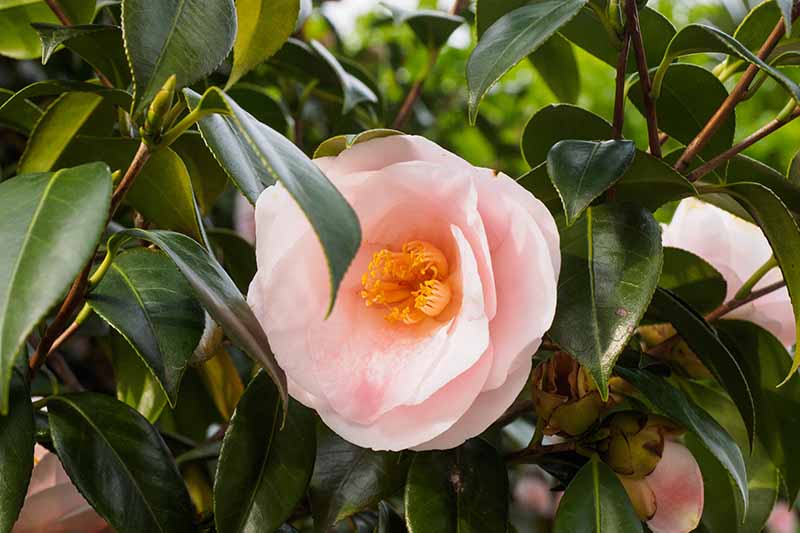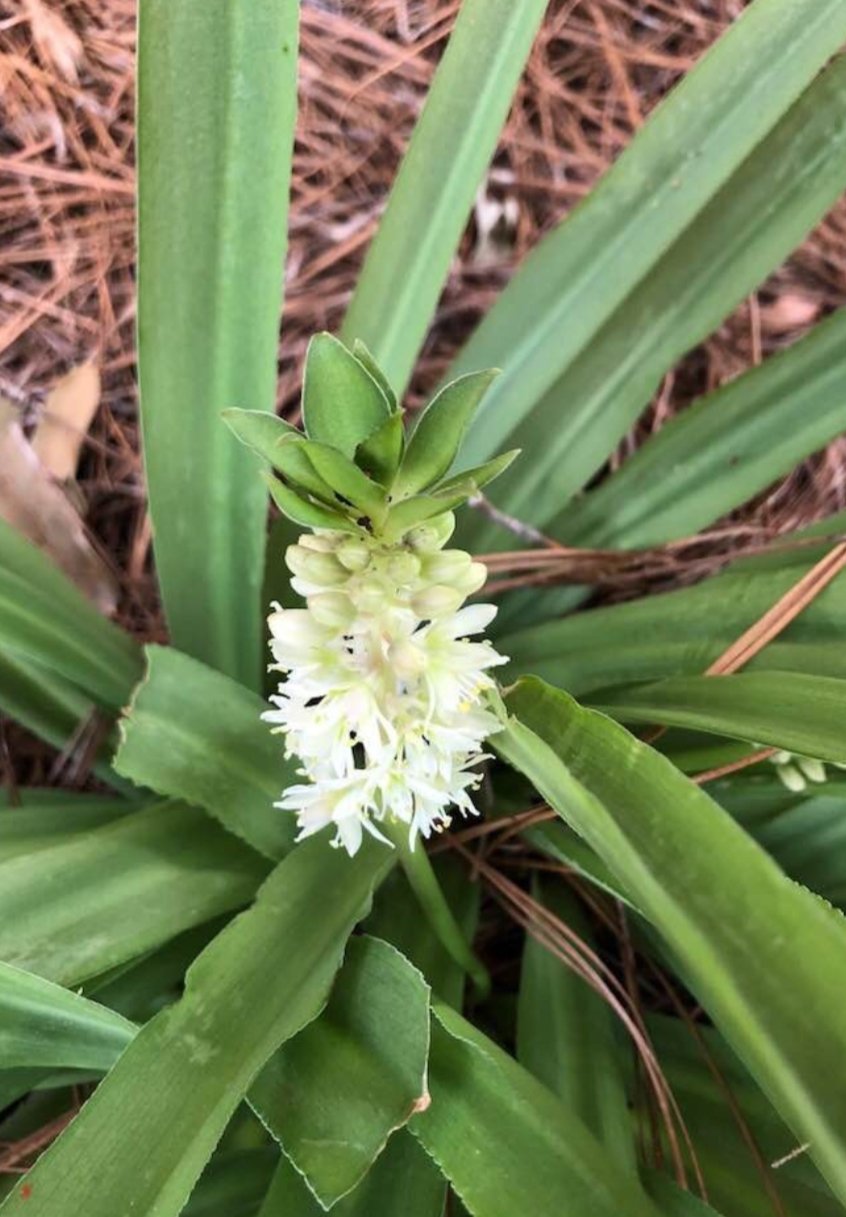A Beginner’s Guide to Daffodil Plant Care and Growth
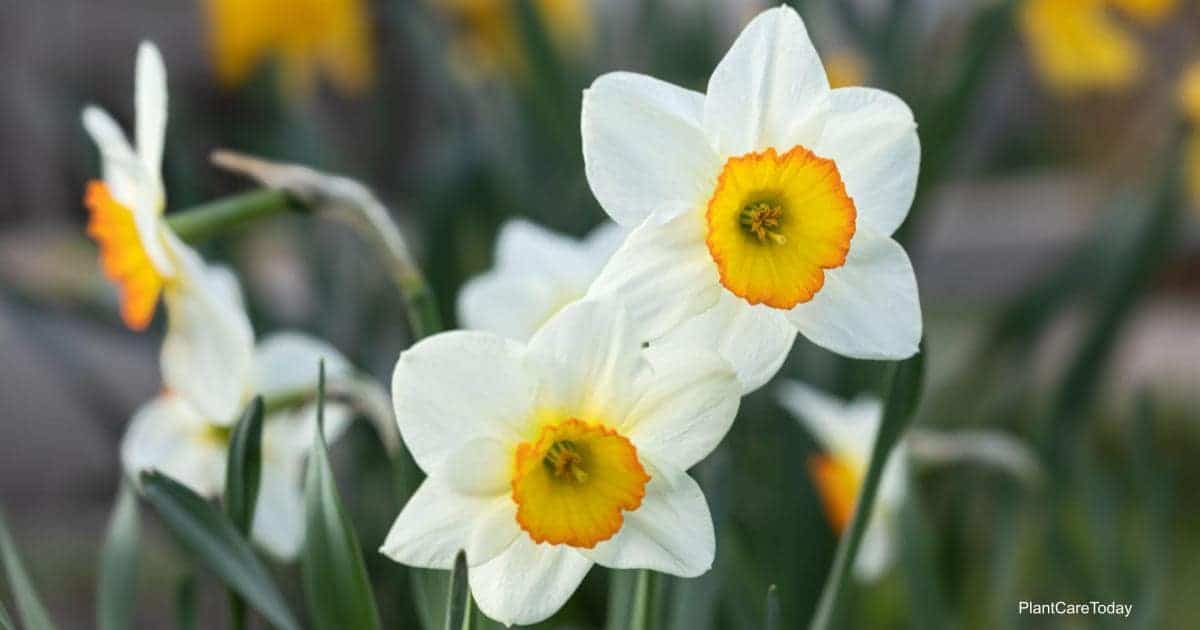
Table of Contents
Daffodil comes from the genus Narcissus and belongs to the Amaryllidaceae family. The flower is primarily found in Mediterranean regions, with few species in Southern Italy and the Eastern Mediterranean. The genus Narcissus has several types of varieties.
There are about 13,000 to 25,000 variations in the flower daffodil. The most popular kind of variation is the trumpet variation. Daffodils have six petals and a cup-shaped structure in the centre. The usual colour of the flower is white or yellow, but they bloom in orange or pink colour in garden varieties.
Daffodils are herbaceous perennial plants. They are bulbiferous geophytes which means the flower will die after flowering into an underground storage bulb. They regrow in the same year from those brown-skinned bulbs.
When daffodils bloom, they grow up to 5 to 80 cm tall. They will thrive well in temperatures between 60 to 70 degrees Fahrenheit. They are mostly found in open spaces, low marshes, and rocky hillsides.
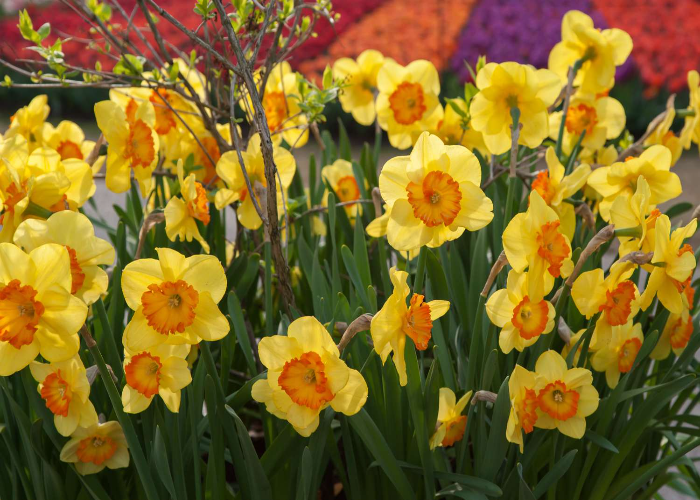
To grow well, the daffodils prefer acidic soil. These flowers will thrive best during the hot and dry summers. They are also long-lived perennials. The daffodils are winter-growing and summer-dormant bulbs.
Most of the species will flower in late winter to spring, and these flowers will last from 5 to 20 days long. When the plant is flowered, the leaves and the roots will set in, and the plant will go under a dormant state to preserve moisture.
The dormant state is also a part of the process, but the bulbs are susceptible to predators during this state. As they are in their weakened state, there is a chance of predator attack. Like other varieties, some flower requires exposure to cold temperature before spring. Exposure to cold temperatures will prevent the growth of the bulb during winter.
During the warmer spring temperature, the growth of the bulb is initiated. The growth of the bulb in early spring has many advantages. Daffodils represent the arrival of the spring season with their attractive blooming, which decorates the garden. The daffodils are toxic to humans and animals, so they should be handled carefully.
How to Care for Daffodil Plant?
The daffodils will not bloom more than once in a season. Suppose the petals start to fade; allow them, and the foliage will turn yellow and dry up. Do not cut the foliage as soon as it turns yellow or dries up. Let them wither and fall.
The faded petals have absorbed enough amount of sunlight which will help to feed the bulb for the next year’s bloom. Dig the bulb from the ground and save them for the next planting. Few gardeners leave the bulb in the ground to lift and grow on their own. There are a few factors to be considered to grow a daffodil plant.
- Light: The daffodil plants will thrive well in full sun and must be kept in the sun for at least 6 hours. They can also withstand partial shade but to a certain extent. When summer commences, keep them away from the wall to avoid overheating.
- Soil: The daffodil plant prefers neutral to acidic soil around 6.0 to 7.0 ph values. The plants will grow well in rich and moist soil. For the growth of the bulb, they need excellent drainage, or they will rot in no time. The bulbs should not be allowed to sit in waterlogged soil, as they go to waste.
- Temperature: The daffodil plant has a hardiness of 4 to 8, and most of the varieties have this hardiness. They need cold temperatures to grow and bloom. Therefore, they are planted during the fall. Most varieties do not grow well in warm temperatures if water is not sufficient. They do equally well in dry and cold temperatures, provided the soil moisture is appropriate.
- Water: The daffodil plants require adequate water to grow well. You have to water them regularly, especially during the spring and autumn. Keep monitoring the soil moisture regularly and water them when the soil dries. If the area is no snow zone during winter, water your daffodils frequently. Stop watering the plants in mid to late spring. During summer, they go dormant and require dry soil.
- Fertilization: The daffodil plants are self-sufficient. They need fertilizer when the soil is poor. Suppose flowering of the plant is not happening or it is delayed, then feed them with bulb food when the first leaves emerge. Feed them again when they bloom. Use low-nitrogen, high-potash fertilizer after flowering.
How to Grow Daffodil Plants from Seed?
Like other flowers, daffodils need a cold period to develop their roots and prepare for spring. In hardiness zone 9 or higher, the soil will not be cold enough for the roots to develop, so we do bulb forcing.
Bulb forcing means tricking the flower that winter has begun, so it will stimulate the process of root development. The bulbs are tough but easy to grow. The bulb should not be soaked or placed in stagnant water as it will rot in no time.
So, do not sog the soil with water. You have to plant the bulbs deep enough in the soil so the temperature variation above the ground will not affect them. If you are growing the daffodils in a container, keep them indoors during winter.
Steps to Grow Daffodils in Pots
- Wait till the temperature drops. The soil temperature is 60 degrees Fahrenheit or lower.
- Mark a spot in the garden. The place should have complete sun exposure or partial.
- Choose a well-draining container.
- Fill the container with loose soil and be sure the water does not stay stagnant below.
- Plant the bulbs about 4 to 6 cm deep and space them 3 to 4 cm apart.
- Place them with their pointy ends facing upwards.
- You can also place the bulbs closer, but make sure they do not touch each other.
- Water them well once after planting and wait for the spring.
- If you are living in hardiness zone 3-7, water them well and place them indoors.
- When daffodils bloom, do not cut the foliage. Wait till they are withered and yellow, and then remove them.
Care for Daffodils In Garden
- The soil must be 60 degrees Fahrenheit. This will be a perfect temperature to plant the bulb.
- Same as in pots, choose a location where the soil is well-drained and has complete exposure to the sun.
- Plant the daffodil bulb facing the pointy tips upward of about 3 to 5cm deep and space them 4 to 5cm apart.
- Water them well and wait for the spring.
- Same as in pots, when daffodils bloom, do not cut the foliage. Wait till they are withered completely, and then remove them.
Recommended Daffodil Varieties to Plant
1. Dutch Master
The Dutch Masters are big and yellow in colour. They are the classic daffodils that have oversized trumpets with very large cups. They are easy to grow, bloom quickly, and are planted in masses.
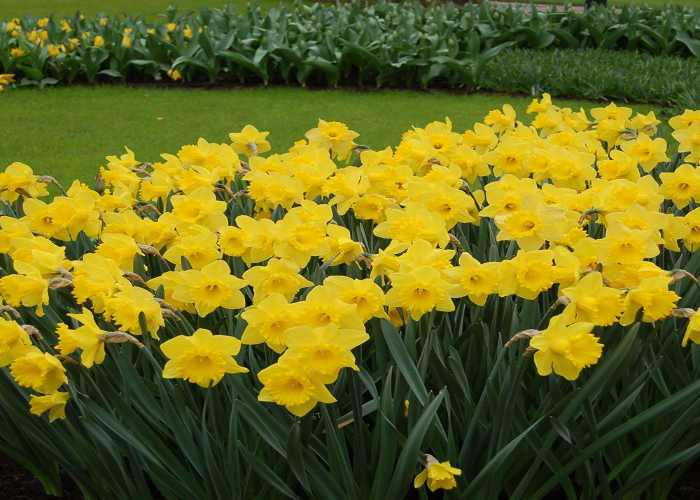
2. Barrett Browning
Barret Browning is pure white in colour with an orange trumpet inside with golden shades. They grow well in warmer climates too. They are easy to grow and blooms quickly.
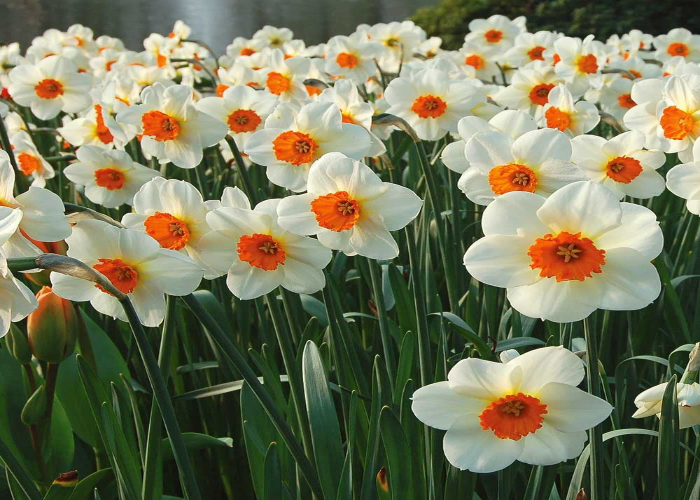
3. Tahiti
Tahiti, red-orange accents are surrounded by golden-yellow petals. They look large and stunning. They make a beautiful and excellent cut flower. They bloom during the mid to late season and lasts longer.
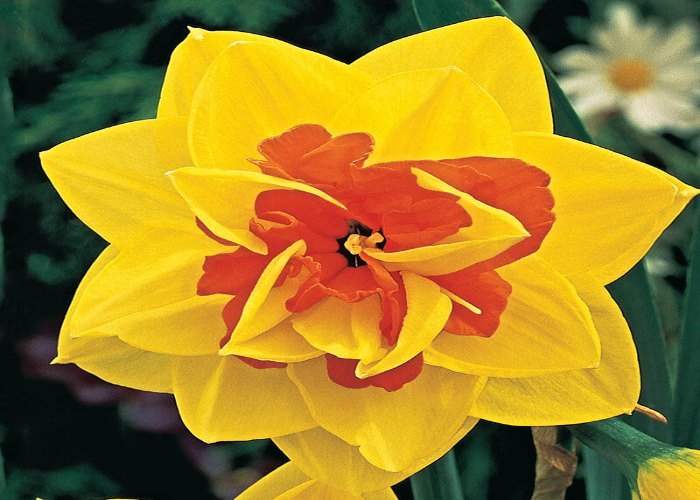
4. Tete a Tete
Tete a Tete is a mini-sized daffodil. They bloom within a week and are one of the most long-blooming varieties. These flowers are ideal for containers and flower beds.
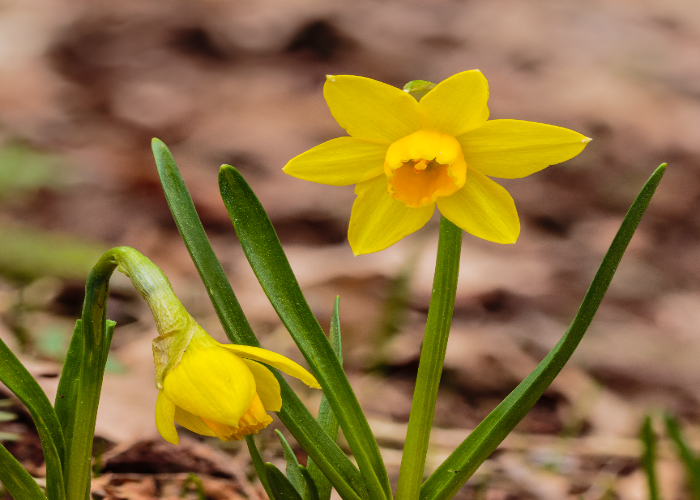
Jet fire, as the name suggests, is a bright orange cap surrounded by yellow colour petals. These flowers do not flop over. They bloom in early spring and last long.
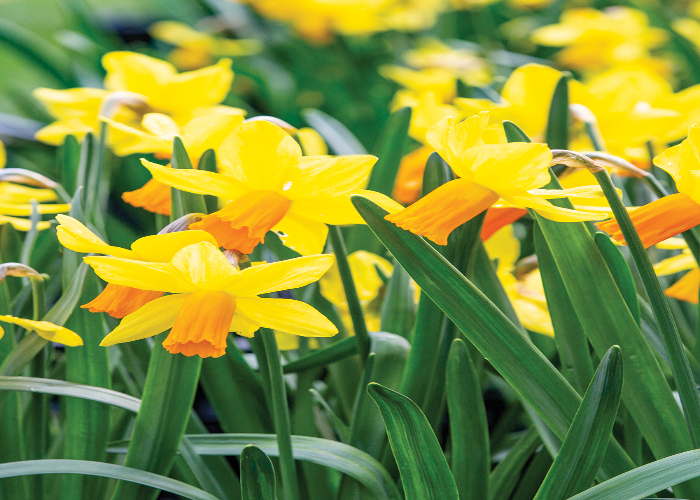
Daffodils During Winters
The daffodils usually do not need winter protection during cold temperatures. But overwintering may vary depending on the region. They grow well in cold temperatures. The growth of the bulb and root development requires a cold temperature. If you are living in an area of hardiness, 6 to 7, add mulch to the soil. Generally, a layer of mulch is placed in the soil to make sure the bulb survives in regions with heavy winters but no snow cover.
Pests & Disease Affecting Daffodils
Daffodils are victims of many insects like bulb flies, bulb mites, aphids, and thrips. Most of the mentioned bugs will feed on the daffodil bulbs. Because these pest feed on bulbs, the plant will wither and rot soon. Therefore, they need to be planted deep in the soil in containers. In open spaces, expose them to the wind so the insects will not be attracted.
A possible disease in daffodils is the rotting of the bulb. The daffodil bulb rots because it might have been planted in poorly draining soil. Another disease is the narcissus yellow and stripe virus. This disease will cause brown and yellow stripes on the foliage, and it will affect the plant if not removed as soon as noticed.
Let’s Plant Some Daffodils
The daffodil flower will add beauty and colour to the garden and your home. With proper care and attention, these hardy plants will bring joy for years as they are long-lasting plants. The daffodils will represent the commencement of the spring season.
You need to choose a proper location that has well-drained soil with plenty of sunlight exposure. Choose fertile soil so that the plant will thrive well. Make sure the bulbs are planted at the proper depth and spacing in the soil.
Water the bulbs frequently during their growing period. Once they are bloomed, allow the foliage to die naturally. This will let the bulb store all the energy absorbed and can be used in the next growing season. Fertilize the plant to promote healthy growth and to provide all nourishment. Suppose you are storing the bulb for next season. Keep them in a cold, dry place.
Therefore daffodils are low-maintenance and rewarding plants. The blooms will bring delight to your garden and home space and are pleasant to the eyes.

